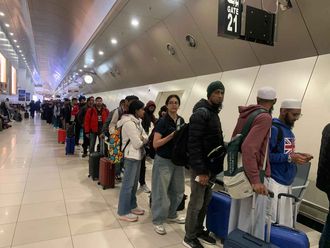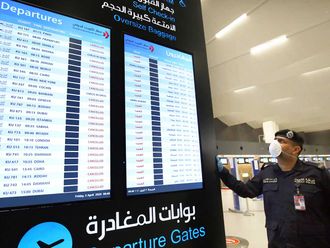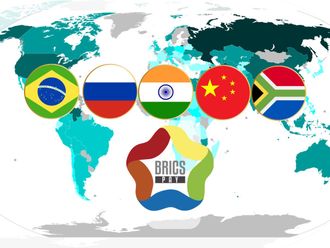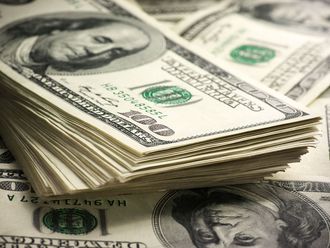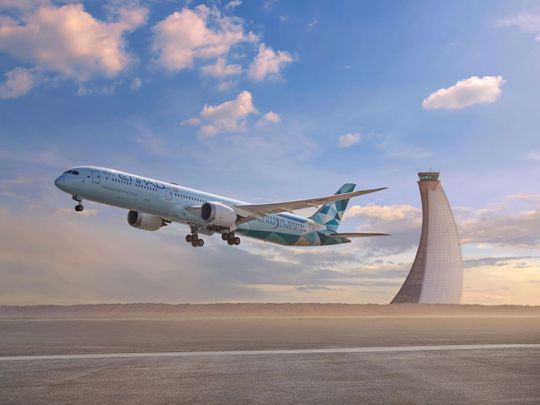
Abu Dhabi: The first Etihad Airways flight to use Sustainable Aviation Fuel (SAF) supplied by ITOCHU Corporation and NESTE took off from Tokyo Narita airport on Thursday.
SAF is a biofuel used to power aircraft that has similar properties to conventional jet fuel but lower carbon emissions. The pioneering flight, EY871 departed Tokyo Narita at 3pm local time, was the result of a partnership in which ITOCHU provided Neste MY Sustainable Aviation Fuel to Etihad, making it the first international airline to procure SAF in Japan.
The flight on Thursday is part of Etihad’s Greenliner Programme. The initiative tests new green technologies, including the use of sustainable alternative fuels (SAFs) and eco-friendly in-flight products on a Dreamliner fleet, with a specially-themed Boeing 787 at the helm.
The aviation sector is a major contributor to Greenhouse Gas (GHG) Emissions and the use of SAFs could reduce these by up to 80 per cent. There are nine ways of making SAF, most involving using some form of carbon-rich material waste.
Cassie Mackie, Vice President Procurement & Supply Chain, Etihad Airways, said: “The aviation industry needs partnerships like the one we have created with ITOCHU and NESTE to bring widespread SAF adoption to the industry. We are extremely proud to be the first international airline to procure and use Japanese supplied SAF on flights departing Japan and to see this partnership take to the air.”
“Etihad is committed to achieving net zero emissions by 2050 and reducing our 2019 emissions by 50 percent by 2035. The industry must get serious about decarbonisation and this type of collaboration between governments, corporates and the aviation sector, which increases SAF supply and availability at airports, helps pave the way for broader adoption.”
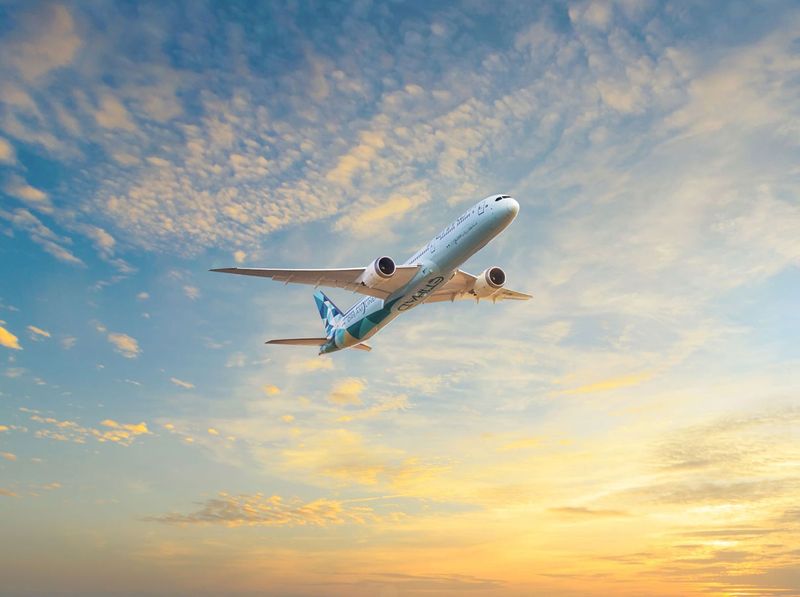
The flight reduced CO2 by approximately 75.2 tCO2, based on the estimated fuel volume (20,000 USG) at a blend of 39.66 per cent SAF. The flight also managed non-CO2 environmental impacts through optimised flight planning for contrail prevention, deploying SATAVIA technology for a forecast net climate impact reduction of 71 tCO2e (carbon dioxide equivalent).
Aircraft condensation trails, or contrails, cause surface warming responsible for up to 60 per cent of aviation’s overall climate footprint. Until recently, technical challenges made contrail prevention difficult or impossible, but UK-based SATAVIA’s atmospheric modelling now enables flight plan optimisation for contrail prevention in addition to post-flight climate impact analysis.
In December 2021, the Japanese government announced the goal of replacing 10 per cent of aviation fuel consumption by Japanese airlines with SAF by 2030. To achieve this goal, ITOCHU established a SAF supply network at Japanese domestic airports across the country for Japanese domestic carriers, which is now being expanded to international carriers, starting with Etihad.
ITOCHU has already established a domestic SAF supply chain at Haneda and Narita International Airports, spanning from SAF import and quality control to delivery to airports, as well as a refueling network for the aircrafts themselves. ITOCHU plans to expand its SAF supply base to Central Japan International Airport and Kansai International Airport, allowing it to further increase supply of SAF to both Japanese and international airlines.



